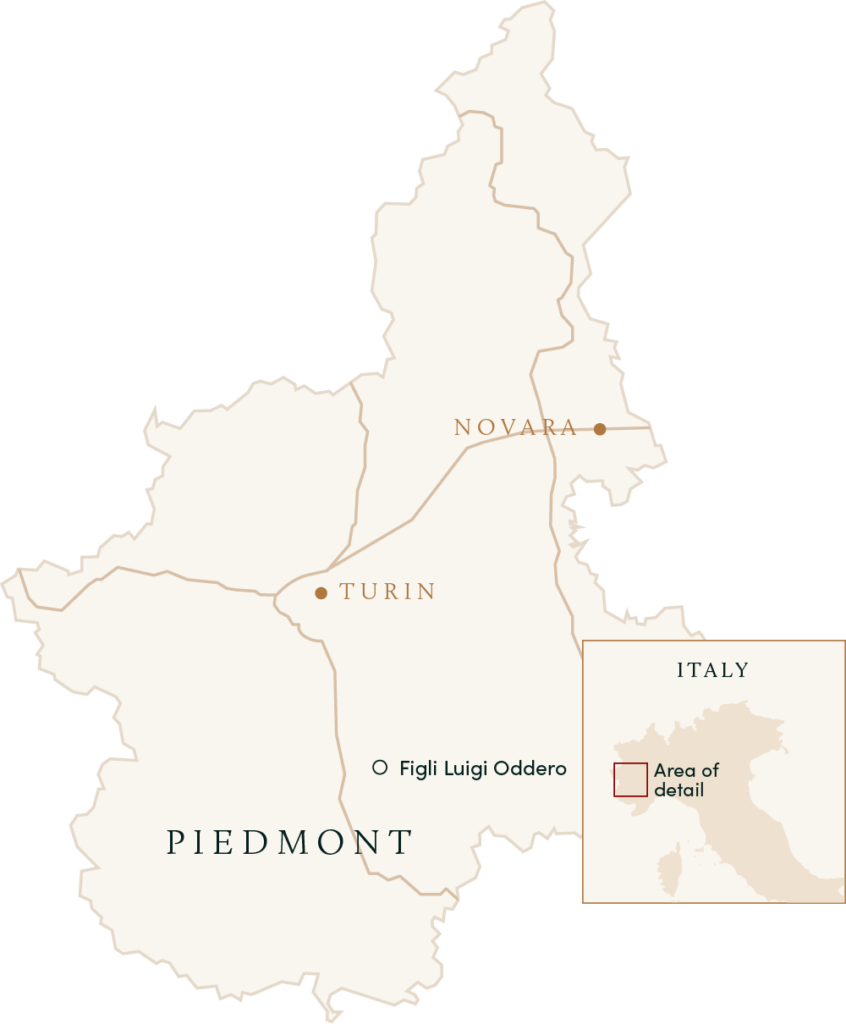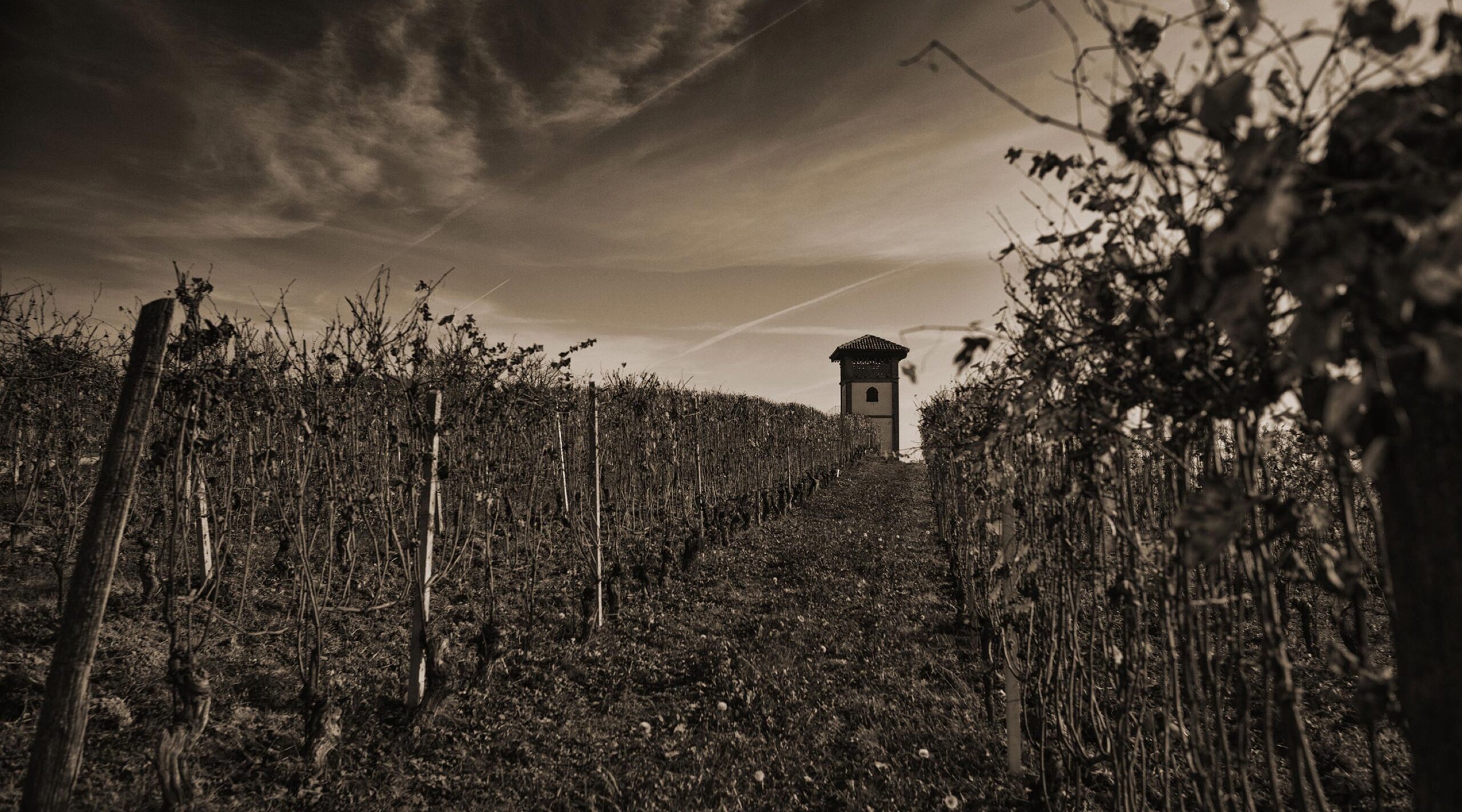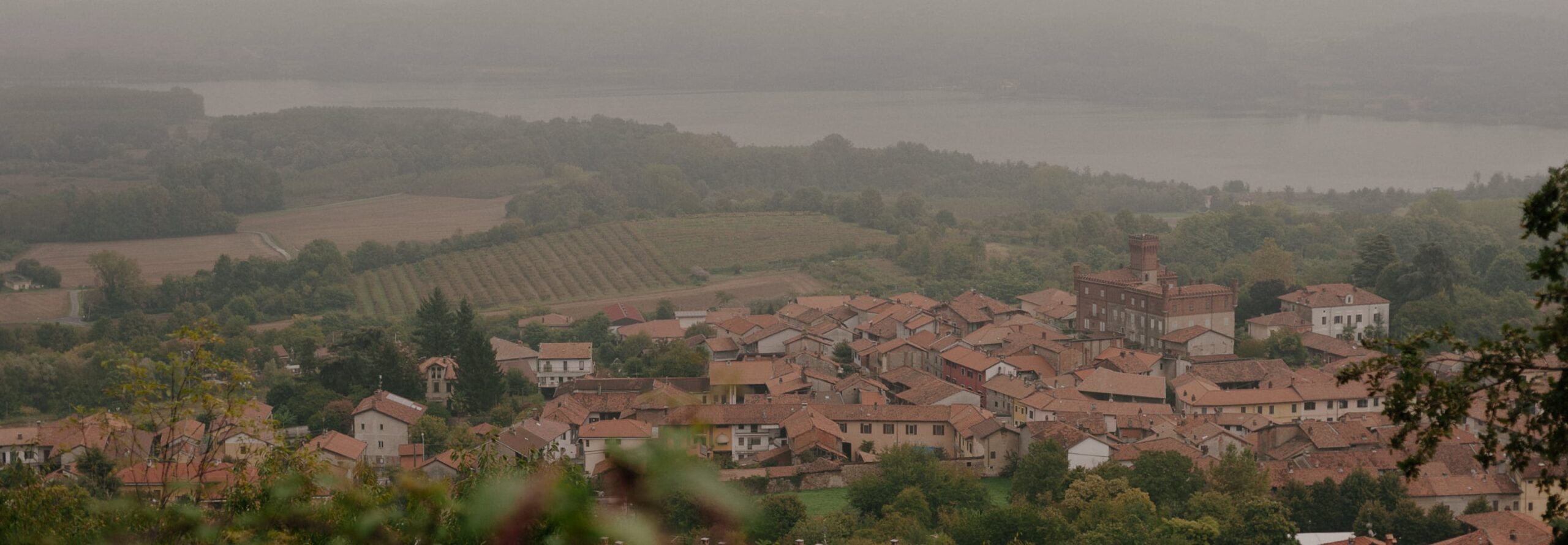Barolo’s extraordinary geological and topographical complexity is echoed in the staggering variety of its wines—170 crus singing their paeans to Queen Nebbiolo in 170 unique dialects. As with all great winegrowing regions, however, the story of Barolo is the story of two inextricable histories: the glacial, impassive evolution of the earth itself and the feverish tumult of human endeavor which overlays it. As much as it is a story of valleys, ridges, sand, silt, and marl, then, so is Barolo a story of labor, land acquisition, political upheaval, ego, and fashion. Wine is the seam along which those two threads interweave, but—as the modernist missteps of a few years back illustrated—that seam will pucker under too heavy a human hand. Little is required for Barolo’s forceful origin-stamp to roar its pedigree, and we at Rosenthal Wine Merchant have always prized growers in this zone who understand that implicitly and enact it faithfully.

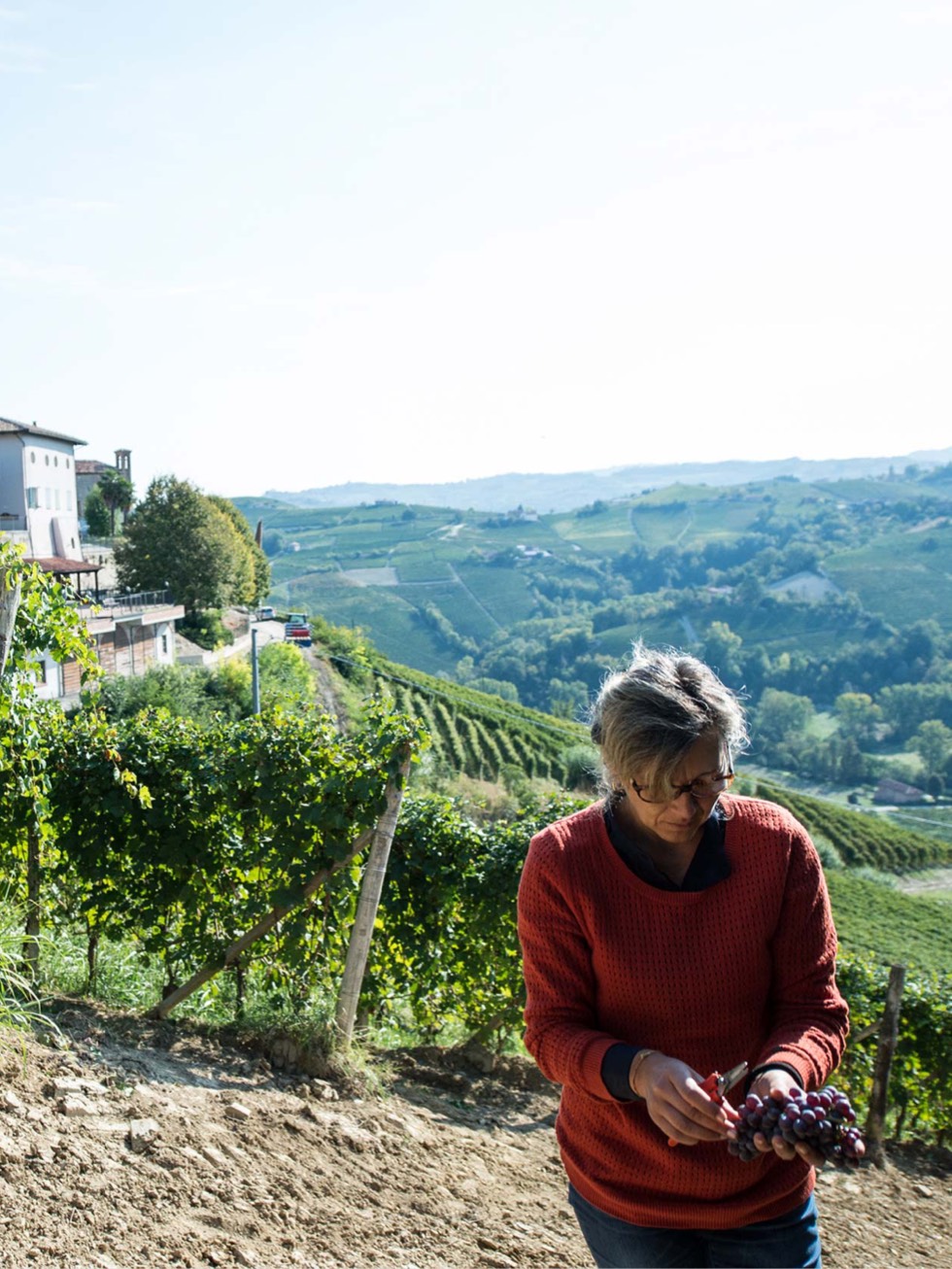
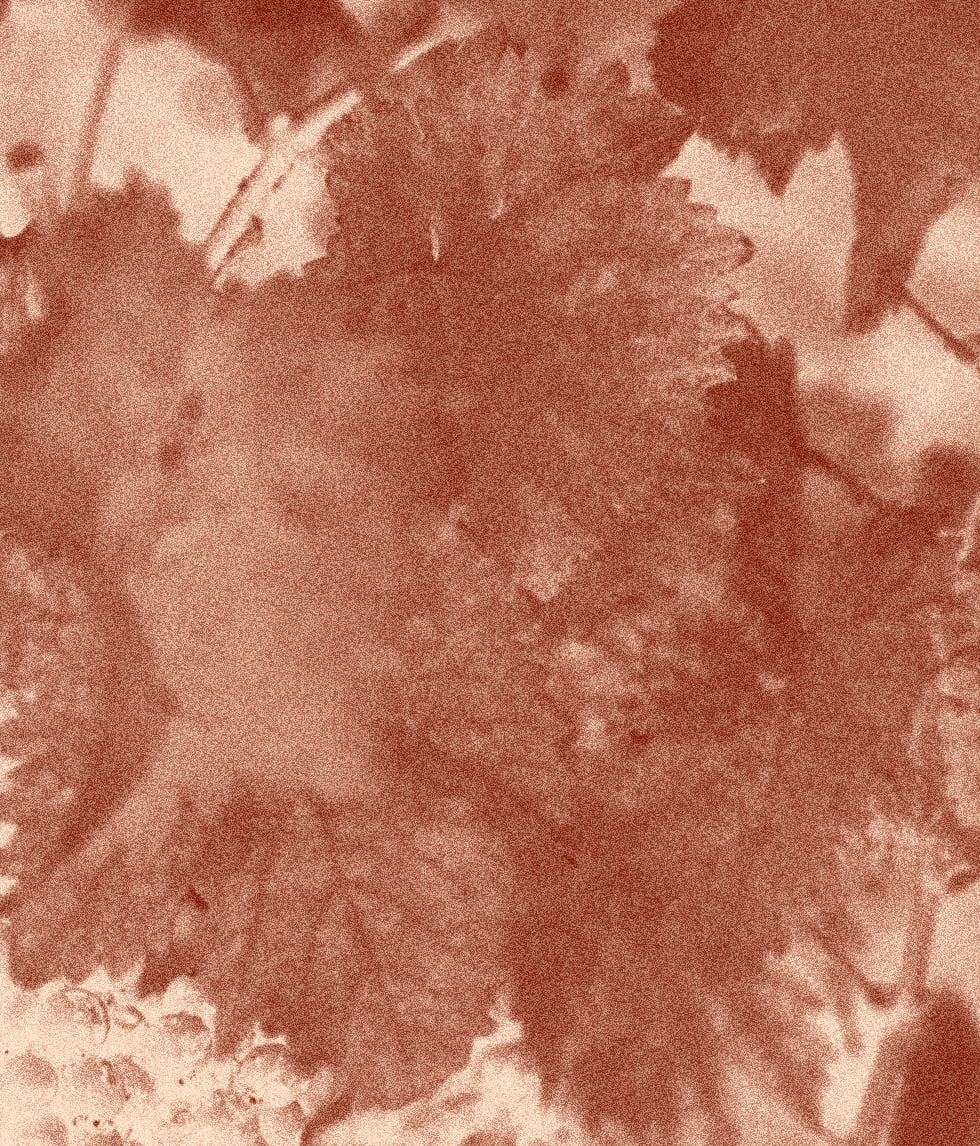
It is with great enthusiasm, then, that we announce our brand-new partnership with the Figli Luigi Oddero estate in La Morra. The Oddero family, active in the Barolo wine trade since the 1800s, was among the first to commercialize wine from the zone, and through the years they amassed a staggering 70 hectares of land—with Nebbiolo di Barolo comprising over 50 hectares. These acquisitions proved to be remarkably prescient over time, of course, as Barolo’s stature and value have skyrocketed over the past thirty years. Keep in mind, though, that it was not exceptionally long ago that the area was mired in struggle; in the 1950s, a time when the price of a hectare of Dolcetto and a hectare of Nebbiolo here were roughly equivalent, the booming factories of Alba and Torino presented far more attractive job and lifestyle options for local youths than did the toil-intensive hillside vineyards of rural, rustic Barolo. Maintaining an estate of that size in such non-lucrative times required commitment, vision, and a great deal of hard work, and larger-than-life Luigi helmed his family’s operation for many years under these conditions.
As is always the case, however, the human side of the seam is far more subject to fraying. Luigi and his brother Giacomo co-owned the Oddero estate until 2006, when insurmountable tensions drove them apart, and the family holdings were divided roughly equally between the two. Giacomo retained the old cellar, and Luigi set up shop in the former winery of local figurehead Luigi Parà, barely a kilometer away in Santa Maria di La Morra. Luigi Oddero passed away in 2010, leaving behind his wife Lena, and their two children Maria and Giovanni, all of whom are involved with the management of the estate. In 2012, Lena hired a man named Dante Scaglioni—a local who had worked for 25 years as the winemaker for the legendary Bruno Giacosa—and it is through Dante’s guidance that the estate’s wines have reached new heights of expressiveness and complexity, building upon the honest, blood-and-guts traditionalism that had always informed them. Today, Dante is in the process of a gradual torch-pass to his protégé Francesco Versio, who worked alongside him at Giacosa toward the end of his tenure there, and who garnered Italy’s “Young Winemaker of the Year” award in 2015. The future of this enviably landed estate is gleaming, and we are overjoyed to begin our alliance with them this autumn.
Oddero’s complex and extensive holdings encompass vineyards in La Morra, Castiglione Falletto, and Serralunga d’Alba, with smaller plantings in Barolo and Monforte d’Alba, as well as a rented parcel in Treiso in Barbaresco—comprising 31 hectares in total, 21 of which are Barolo. In addition to their classic Barolo “Tradizionale” (a blend of many parcels), they produce several single-cru wines: “Specola” (from the Rive cru in La Morra, just next to the winery); “Rocche Rivera” (from the pure-south-facing upper part of the Scarrone cru in Castiglione Falletto); and “Vigna Rionda”—a legendary Serralunga d’Alba cru widely considered one the greatest sites in all of Barolo.
Vineyard practices had been evolving toward a non-reliance on chemical treatments for some time, but under Dante and Francesco’s stewardship they have become steadfastly organic; 2014 was the last vintage chemicals were used, and in the years before that they were used only sparingly. Nothing that happens in the winery is particularly flashy or sexy: fermentations proceed spontaneously and patiently in cement vats, with maceration periods ranging from around 15 to 25 days based on the character of the vintage; and aging takes place in used oak botti varying in size between the large and the gargantuan. However, for those capable of being awed by great wine’s ability to make the very grain of the earth itself tasteable, Oddero’s cellar offers a potential lifetime’s worth of enthralling elixir.
Farming
Certified organic since 2014
Treatments
Copper sulfate only
Ploughing
Annual ploughing to promote vineyard health
Soils
Limestone-clay, sand, and Tortonian marls
Vines
Trained in Guyot, vines average 30 years old
Yields
Controlled via severe pruning, debudding, and an occasional green harvest, yields average 40-45 hl/ha
Harvest
Entirely manual, usually from late September to mid October
purchasing
Entirely estate fruit
Fermentation
Following total destemming, wines ferment spontaneously in concrete vats. Cuvaison lasts 16-20 days
Extraction
Wines see punchdowns during fermentation
Chaptalization
None
Pressing
Pneumatic pressing
Malolactic Fermentation
Spontaneous, in concrete vats until March
Élevage
12-36 months in medium and large botti made from neutral Austrian, Slavonian, and French oak
Lees
Wines are racked following Wines remain on their lees until racking following malolactic
Fining and Filtration
All wines are unfined and see non-sterile plate filtration
Sulfur
Applied at bottling, with c. 30 mg/l free and 80-85 mg/l total sulfur
